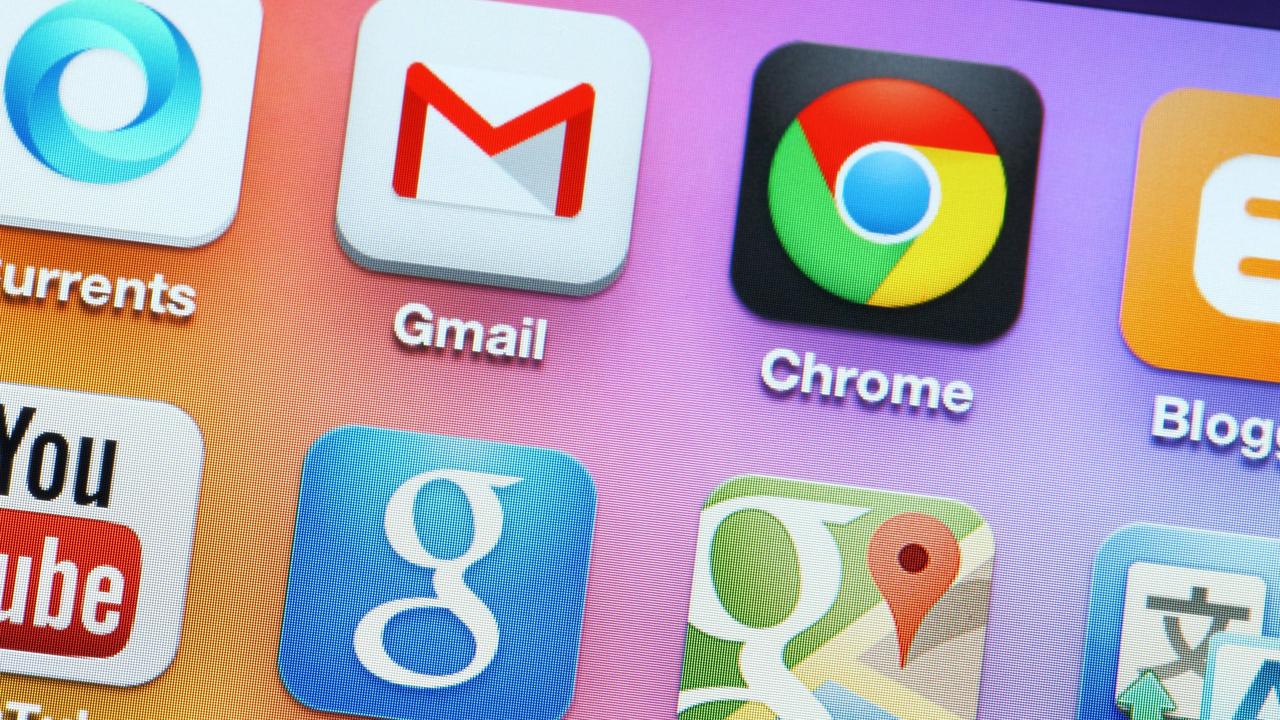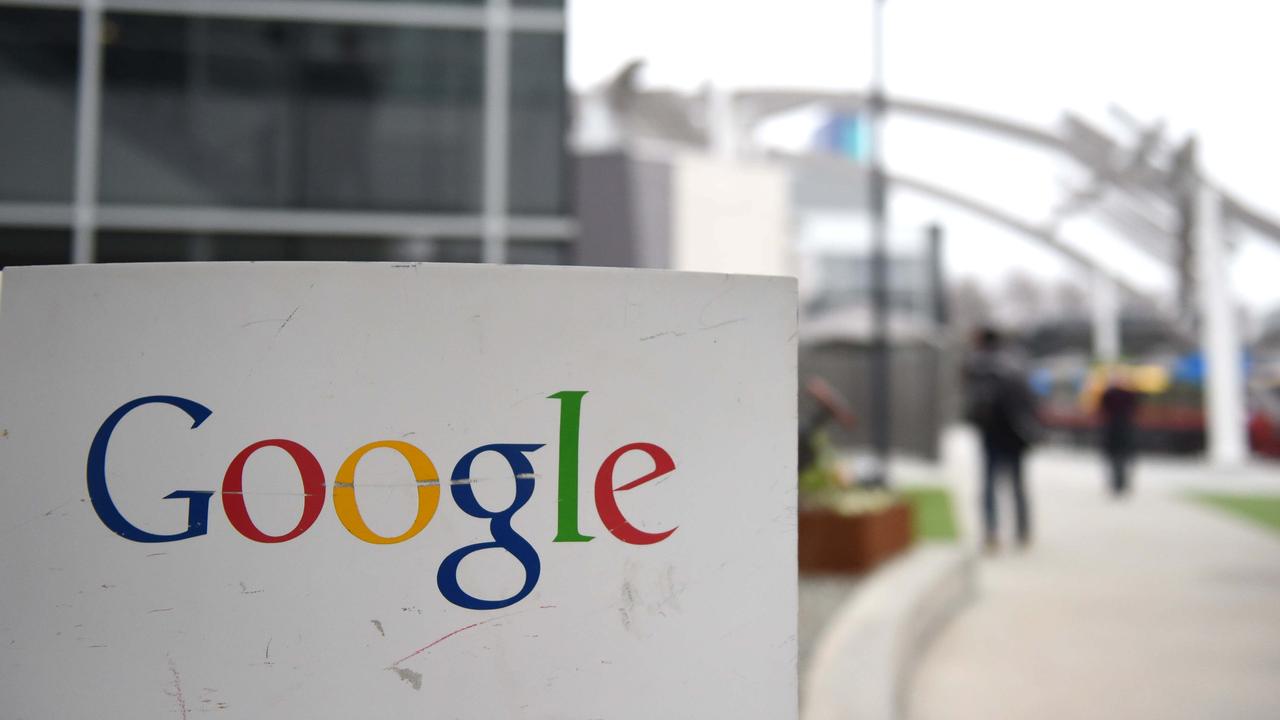How to stop your Gmail account being deleted
Google is in the process of deleting a large number of Gmail accounts. Here’s how to avoid losing yours.
Google is in the process of deleting a large number of Gmail accounts. Here’s how to avoid losing yours.
The internet giant began deleting accounts last December if they had not been used for two years, after announcing its updated inactive account policies in May.
Any Google Account that has not been used or signed into for at least two years may now be deleted, including content within Google Workspace — Gmail, Docs, Drive, Meet and Calendar — and Google Photos.
Google said it would be taking a phased approach, starting with accounts that were created and never used again. Google will send the user multiple notifications in the months leading up to deletion, both to the account email and recovery email if available.

“The simplest way to keep a Google Account active is to sign-in at least once every two years,” Google’s VP of product management Ruth Kricheli said in a safety and security blog post. “If you have signed into your Google Account or any of our services recently, your account is considered active and will not be deleted.”
Activity might include a number of types of actions when signing in or while signed into a Google Account, such as reading or sending an email, using Google Drive, watching a YouTube video, downloading an app on the Google Play Store, using Google Search or using Sign in with Google to sign in to a third-party app or service.
If the user has an existing subscription set up through their Google Account, such as Google One cloud storage, a news publication or an app, Google also considers this account activity and it will not be impacted.

However, users will have to specifically log into Google Photos every two years to avoid having their photos and other content deleted.
“Additionally, we do not have plans to delete accounts with YouTube videos at this time,” Ms Kricheli said.
The policy only applies to personal Google Accounts, and does not affect accounts for organisations like schools or businesses.
Google said the change was to reduce security risks associated with account hijacking, as accounts that have not been used for an extended period of time are more likely to be compromised.
“This is because forgotten or unattended accounts often rely on old or re-used passwords that may have been compromised, haven’t had two factor authentication set up, and receive fewer security checks by the user,” Ms Kricheli said.
“Our internal analysis shows abandoned accounts are at least 10 times less likely than active accounts to have two-step-verification set up. Meaning, these accounts are often vulnerable, and once an account is compromised, it can be used for anything from identity theft to a vector for unwanted or even malicious content, like spam.”
More than 1.8 billion people worldwide use Gmail, which is the second most popular email provider behind Apple. The service first launched in 2004 with one gigabyte of storage, a huge amount for the time.
“This update aligns our policy with industry standards around retention and account deletion and also limits the amount of time Google retains your unused personal information,” Ms Kricheli said.
“We are going to roll this out slowly and carefully, with plenty of notice.”





